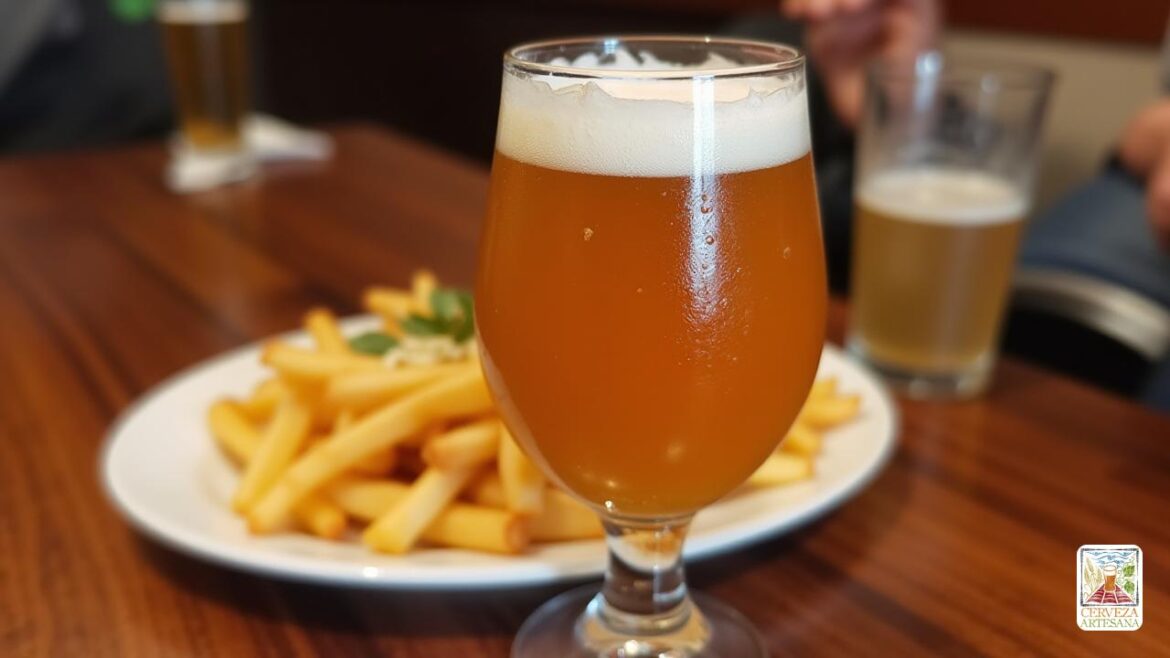A common aroma with hidden history: unraveling the relationship between aromatic and psychoactive plants
It is more than a simple coincidence that both hops and marijuana share similar sensory notes. Both have flavor and aroma profiles that might seem drunk brothers of the same family. For a long time, plants have suspected a deeper connection, although concrete evidence shows that, in reality, genetic and taxonomic history reveals a surprising bond.
Secret ingredients: terpenes, terpenoids and aromatic power of plants
The key to these particular aromas is provided by the terpenes, aromatic compounds that the plants manufacture in their cells, based on a molecule called isoprene, as if it were their own aromatic toolbox. In the case of hops, some of the most prominent are Mirceno, Beta-Pineno and Humulona Alfa, which give it that bitter and aromatic distinctive touch in each beer.
At the same time, in the world of cannabis, these same terpenes also contribute to its unmistakable smell, in addition to accompanying the psychoactive action of THC, the famous tetrahydrocanabinol. The cohesion of these compounds is no accident: in both cases, they come from that ancestral molecule, the isoprene, which appears naturally in both plants, as a chemical legacy.
Of neighboring plants to nearby relatives: the family tree that reveals secrets
But where does this connection beyond the aromas arise? The answer is in taxonomic history and modern genetics. Both hops and marijuana belong to the Cannabinaceae family, a small botanical group that retains in its internal and external structure evidence of old and shared roots.
For example, both plants have colored leaves that seem to radiate from a central point, with lobes that remind an extended hand. In addition, their stipules (stem structures) are always evident and easy to identify, as well as calcium carbonate crystals on their cell walls.
The genetic revolution: a new chapter in the history of its kinship
From ancient times, the botanists grouped plants according to their visual features, but the molecular revolution radically changed that perspective. Thanks to DNA analysis and genetic studies conducted in the 2000s, narrow ties between both genres were confirmed. The comparison of specific gene sequences, such as RBCL, TRNL-F, NDHF and MATK, gave the definitive test: these plants have a common ancestor, and nowadays they continue to share that genetic story.
This finding not only reorder their classification, but also forced taxonomes to reconsider how these species were grouped, including other relatives in the same family.
A remote or close past? The unknown of his divergence
Although the Cannabinaceae family has long been recognized, there is still debate about when the hops and marijuana were still separated in their evolutionary paths. The studies suggest that more than 6 million years ago, the hops had already gone through a complete speciation, while the appearance of cannabis, as we know it today, can be much more recent.
It is estimated that the divergence between the two plants probably occurred between 6 and 34 million years ago, leaving in the air that timeline that still needs to be clarified with future scientific discoveries. What seems clear is that its common story has as many chapters still to discover as aromas in a good craft beer or a powerful joint.







